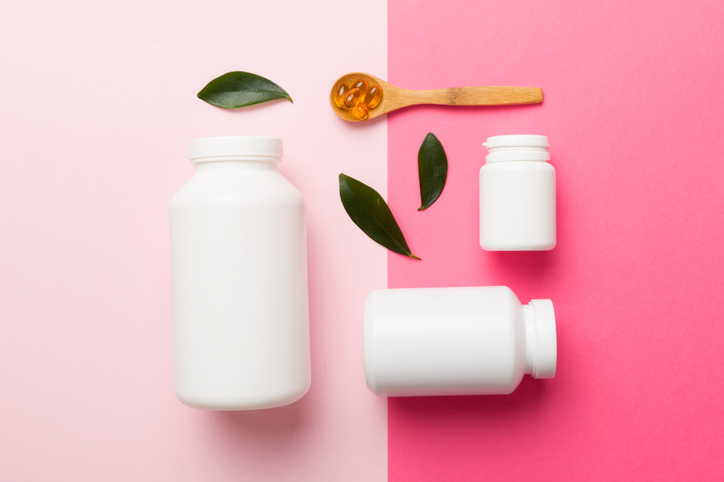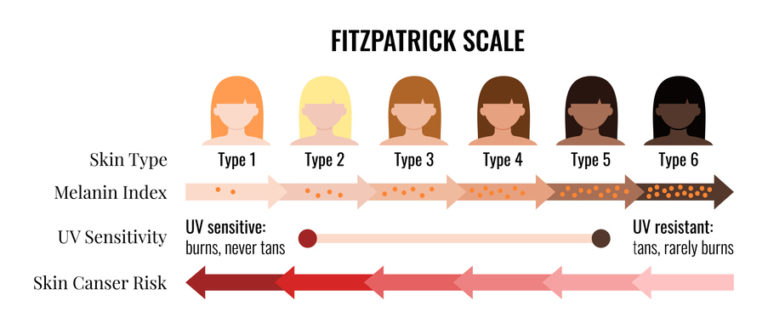
Top 3 Vitamins We Love for Skin Health
Learn why we love Vitamin B3, Vitamin C, and Vitamin D, and how each can make a difference in your skin health.
Dr Michael Rich is a specialist dermatologist who has been performing tumescent liposuction for over 30 years. Find out if Liposuction is suitable for you at ENRICH Clinic.
At ENRICH Clinic, we have a wide range of dermatological and cosmetic body treatments tailored to individual body and patient needs.
At ENRICH Clinic, our treatments are performed by our medical team consisting of doctors, nurses, and dermatologists and are tailored to each patient’s skin health needs.
ENRICH Clinic is committed to your skin health and well-being with a range of dermatological & cosmetic treatments tailored to the individual. Our treatments are performed by our medical team consisting of doctors, nurses, and dermatologists.
Skin health is essential for everyone. ENRICH Clinic has a wide range of technologies and dermatological solutions to help you achieve your skin care goals.
Understanding claims of skincare manufacturers is a poorly regulated minefield. If you have sensitive skin or want to stay out of the way of harsh chemicals or fragrances, choosing hypoallergenic fragrances or fragrance-free products may seem like the best route, but this isn’t necessarily true. We shed some light on what hypoallergenic fragrance and fragrance-free claims may really mean.
‘Hypoallergenic fragrance’ is a term that means reduced allergy potential, but it doesn’t mean the absence of allergy, so it is often used loosely. There are some companies that have developed truly hypoallergenic fragrances, with a list available of fragrance ingredients that possess a reduced allergenic potential. These ingredients could be combined to make a nice-smelling fragrance to add to a cosmetic product, with companies like Neutrogena and Procter & Gamble often using this approach in their skincare.
Any fragrance in a product that gets rinsed off will never cause as many issues as products that are left on the skin – shorter contact time solves many of these sensitivity issues, but this leaves us with many products that stay on our skin to examine. Some people who are sensitive or allergic to fragrances may tolerate these hypoallergenic formulations, but many will not.
Problems can arise when a product claims to be fragrance-free or hypoallergenic, but in fact, is neither. This is frustrating for consumers with sensitive skin who need affordable skincare that doesn’t make problems like eczema or psoriasis worse. It can get expensive too – taking a product home, using it once and then having to throw it out because it caused more issues than it solved is an unwanted pressure on the wallet.
A scientific analysis of the top-selling moisturisers at supermarkets and big department stores (including Amazon, Target and K-Mart) found that 45 per cent of the products that claimed to be ‘fragrance-free’ contained some kind of fragrance chemical, and the majority of products (83 per cent) claiming to be ‘hypoallergenic’ contained a potentially allergenic chemical. ‘Dermatologist recommended’ was also a useless term – how many dermatologists and who are they, recommending these products? There is no more information provided.
Moisturisers are considered cosmetics and are hardly regulated. There are some labelling requirements, but companies can claim ‘trade secrets’ and not disclose ingredients, particularly in the United States. Additionally, fragrance can be added under the guise of using the chemical for a different purpose, since some chemicals can be used as stabilisers, as well as a fragrance. If the chemical is being used as a stabiliser, not a fragrance, it would be considered technically fragrance-free.
Additional to the misinformation is the fact that nobody is required to report cosmetic adverse reactions, unlike medications, which have strict reporting regulations. So, nobody knows how many reactions are happening and nothing is being done to stop the misinformation.
Need good skincare advice and truly hypoallergenic products?
Talk to us.
*With all surgeries or procedures, there are risks. Consult your physician (GP) before undertaking any surgical or cosmetic procedure. Please read the consent forms carefully and be informed about every aspect of your treatment. Surgeries such as liposuction have a mandatory seven-day cooling-off period to give patients adequate time to be sure of their surgery choice. Results may also vary from person to person due to many factors, including the individual’s genetics, diet and exercise. Before and after photos are only relevant to the patient in the photo and do not necessarily reflect the results other patients may experience. Ask questions. Our team of dermatologists, doctors and nurses are here to help you with any of your queries. This page is not advice and is intended to be informational only. We endeavour to keep all our information up to date; however, this site is intended as a guide and not a definitive information portal or in any way constitutes medical advice.
"*" indicates required fields
Combining Dr Rich’s dermatological skill with his knowledge of restorative skin regimes and treatments, the ENRICH range is formulated to help maintain and complement your skin. Our signature Vitamin C Day & Night creams are now joined by a Vit A, B,&C Serum and a B5 Hyaluronic Gel, both with hydration properties and much, much more.

Learn why we love Vitamin B3, Vitamin C, and Vitamin D, and how each can make a difference in your skin health.

Learn what the Fitzpatrick skin type system is and why we always check your skin type before any procedure at Enrich.

We address skincare trends & debunk myths while also providing guidance on products & treatments you should avoid based on your skin type.

Makeup can temporarily make your skin look flawless & dewy, but it merely masks imperfections & may not address the root causes of your skin concerns.
Subscribe to the ENRICH newsletter and receive latest news & updates from our team.
Enrich Clinic acknowledges the Traditional Lands of the Wurundjeri Woi Wurrung and Bunurong peoples of the East Kulin Nations on which we work and trade. We pay respect to their Elders past, present and emerging. We extend our acknowledgement and respect to the LGBTQIA+ community who we welcome and support. Read our full Acknowledgement Statement here
